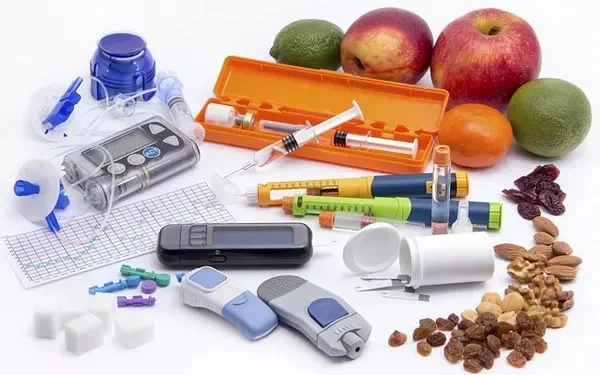Managing type 1 diabetes can be a daunting task, especially for young individuals balancing school, extracurricular activities, and social obligations. For parents, the responsibility can often feel overwhelming. However, advancements in diabetes management technology are offering some relief, granting both patients and caregivers more flexibility and peace of mind.
“Research indicates that mothers of children with type 1 diabetes often exhibit symptoms consistent with PTSD a year after their child’s diagnosis,” explains Trina Brown, MS, APRN, a pediatric diabetes nurse practitioner at University of Utah Health. “Technology can significantly help reduce these anxieties, providing reassurance and improving the quality of life for both patients and their families.”
Understanding the Technology at Your Disposal
A range of technological tools has been developed to help individuals with type 1 diabetes stay within their target glucose range. Many of these tools are integrated with smartphone apps, allowing parents to monitor their child’s condition both at home and remotely.
Some of the most common devices include:
Smart Insulin Pens: For younger children who cannot yet manage their own insulin doses, smart pens are a useful solution. These pens connect to an app that calculates and tracks insulin doses, adjusting based on glucose trends. The app then recommends the correct dose, and the caregiver administers the injection. This approach eliminates the need for the patient to wear a device all day, making it more manageable for young children.
Insulin Pumps: Insulin pumps are wearable devices that deliver continuous insulin in small amounts. These pumps can be adjusted for different scenarios, such as mealtimes or when glucose levels fluctuate. They also reduce the need for daily injections, which can be particularly challenging for young patients with a fear of needles.
Continuous Glucose Monitors (CGMs): CGMs are wearable devices that provide real-time glucose readings. Modern CGMs can be paired with insulin pumps, creating automated insulin delivery systems or hybrid closed-loop systems. These systems predict glucose trends and adjust insulin delivery accordingly, often every five minutes. In addition, they can halt insulin delivery to prevent low blood sugar episodes. While hybrid systems still require some manual management, such as carb counting, they significantly reduce the anxiety associated with diabetes management.
“CGMs have provided the most reassurance and benefits for both pediatric patients and their parents,” says Brown. “For example, parents can discreetly monitor glucose levels during a sports event and ask the coach to pause the game if the child’s blood sugar drops, preventing a public display of the condition.”
Smartphone Integration: Making Diabetes Management Easier
Technological innovations have not only improved safety but also streamlined the management process. Through real-time monitoring via smartphones, parents can track glucose levels when their child is at school or a friend’s house, and the patient only needs to carry their phone.
“It’s like texting your pancreas,” Brown explains. “Children can input their food intake into the app connected to their insulin pump, and it adjusts the insulin dosage accordingly. This eliminates some of the stigma that comes with managing diabetes, as it appears just like any other smartphone activity.”
Looking Toward the Future of Diabetes Care
The next frontier in type 1 diabetes management is the artificial pancreas, a system that combines an insulin pump and CGM in a “closed-loop” setup. This technology allows the two devices to communicate with each other, adjusting insulin delivery without human intervention. However, while the technology is advancing, it is not yet fully autonomous.
“To be considered a true artificial pancreas, there must be no human involvement—just the pump and sensor making all the adjustments,” says Brown. “Although we’re not there yet, one pump currently on the market is the closest model, still requiring users to announce their meals. The pump then makes the necessary adjustments.”
As technology continues to evolve, these devices are offering new hope and a better quality of life for those managing type 1 diabetes, reducing the burden on patients and their families alike.
Related topics:
Diabetes Drug Shows Promise in Easing Knee Osteoarthritis Pain for Obese Patients
Understanding the Age Group Most at Risk for Type 1 Diabetes: Causes and Early Symptoms
























